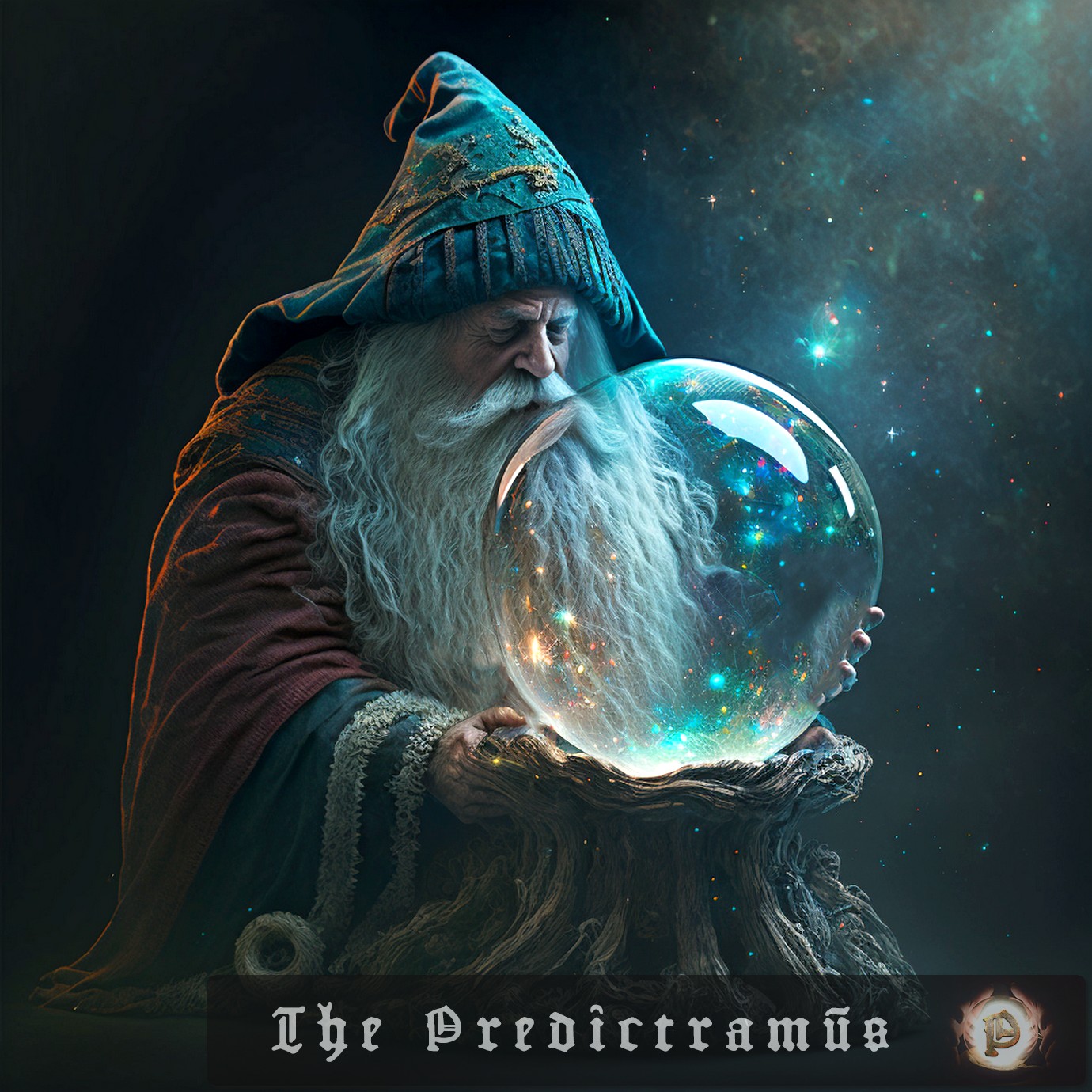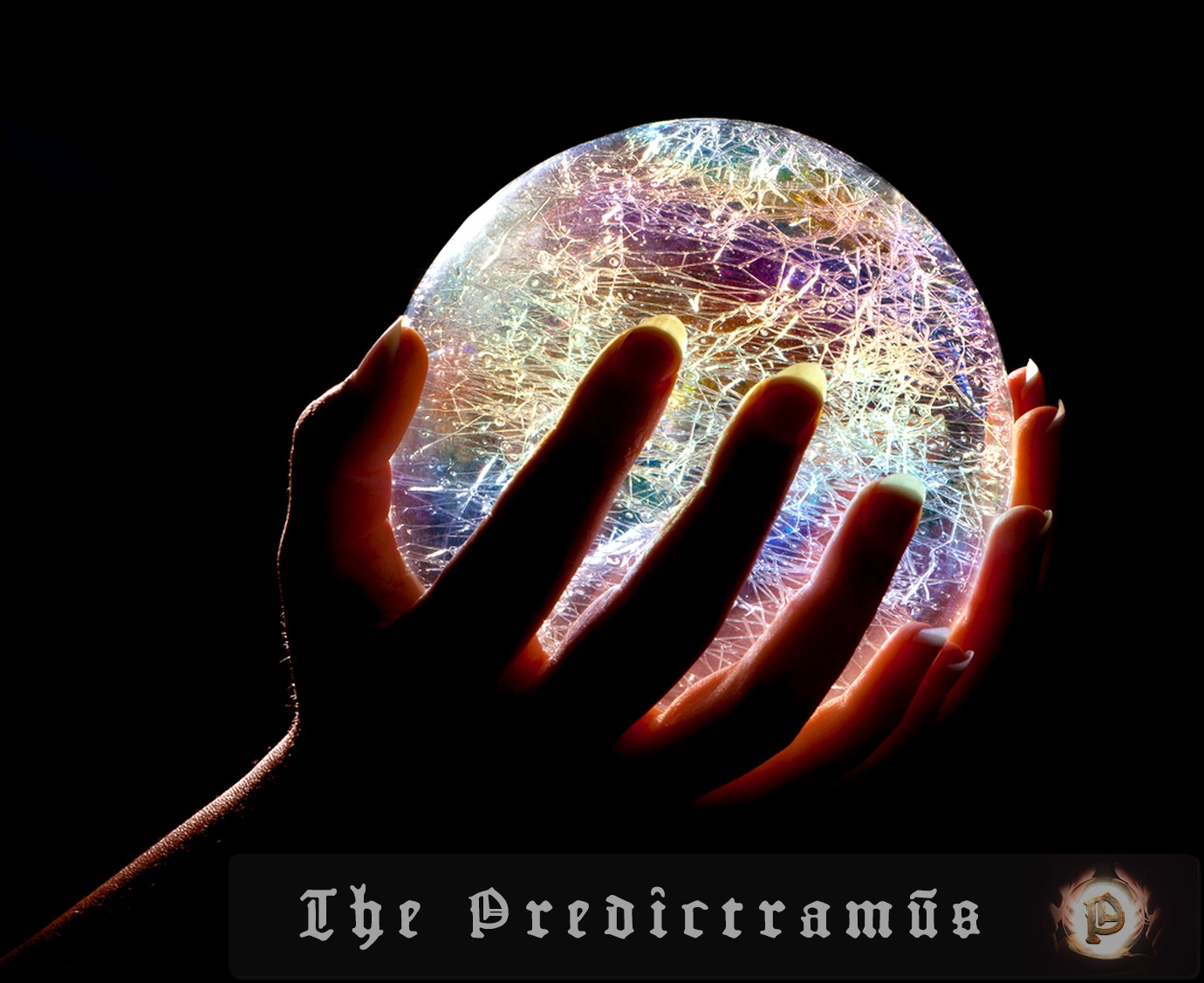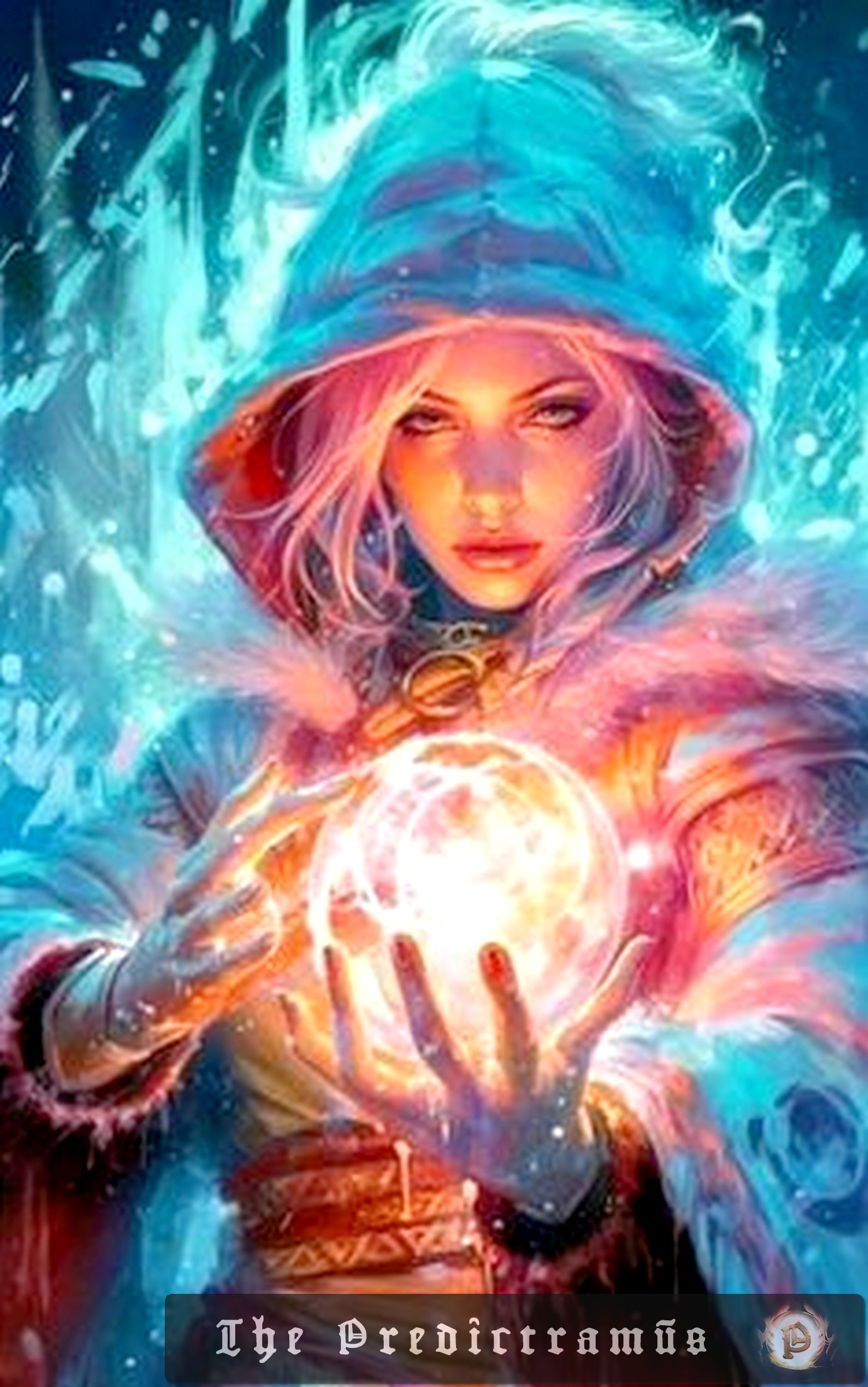Researchers in Israel have made a groundbreaking discovery that reveals the intricate connection between proton transfer and electron spin in living organisms. This finding, published in PNAS, suggests that essential life processes are intrinsically quantum in nature. The study, led by Yossi Paltiel and his team, used lysozyme crystals to demonstrate the relationship between proton…
Physics on The Soothsayer / page 6
Researchers in Germany have made a groundbreaking discovery in the field of gravitational wave research. By adapting mathematical techniques used in particle physics, they have developed a new approach that could significantly boost our understanding of gravitational waves emitted when black holes collide. This breakthrough could prove vital to the success of future gravitational-wave detectors,…
Researchers at UNSW Sydney have made a groundbreaking discovery by “listening” to the sound from stars in the M67 cluster, revealing a surprising plateau in their frequency pattern. This plateau, which appears during the subgiant and red giant phases of stars, offers a new diagnostic tool to improve mass and age estimates of stars beyond…
A team of researchers at the University of Texas at Austin has developed a wireless e-tattoo that can track a person’s mental workload by recording high-fidelity EEG and EOG signals from the forehead. This innovative device has the potential to revolutionize the way we manage mental workload, particularly in safety-critical tasks such as air traffic…
In a surprising twist, a recent study using data from the European Space Agency’s Gaia mission has found that the collision between the Milky Way and Andromeda galaxies is no longer a certainty. The Large Magellanic Cloud’s gravitational pull may be strong enough to divert the Milky Way out of Andromeda’s path, making a collision…
A team of researchers from the University of Michigan has developed a laboratory-scale three-dimensional X-ray diffraction microscope that can produce high-energy X-rays, making it possible for researchers to study materials without relying on synchrotron facilities. This breakthrough has the potential to make 3DXRD more accessible to a wider community of researchers, enabling them to conduct…
Researchers in the Netherlands have made a significant breakthrough in quantum computing by successfully creating Majorana bound states in quantum dots. This achievement brings topologically protected quantum bits (qubits) one step closer to reality. The team’s innovative approach involves using a system of three electrostatically-gated, spin-polarized quantum dots in a 2D electron gas joined by…
Researchers in China have successfully adapted the interlocking structure of mortise-and-tenon joints to design more uniform nanoscale devices called memristors. This breakthrough could pave the way for high-accuracy, energy-efficient scientific computing platforms. The new devices have exceptional fundamental properties, including high endurance, long-term memory retention, and fast switching speed. They have the potential to revolutionize…
Researchers at the University of Science and Technology of China have developed a new contact lens that enables humans to see near-infrared light without bulky equipment. The lens incorporates metallic nanoparticles that “upconvert” normally-invisible wavelengths into visible ones, with potential applications for rescue workers and others who benefit from enhanced vision in poor visibility conditions….
A groundbreaking study has revealed that powerful flares on highly-magnetic neutron stars called magnetars could produce up to 10% of the universe’s gold, silver, and platinum. Researchers have created a model that describes how these flares can create r-process elements, and they may have already observed this cosmic alchemy in action. Forecast for 6 months:…










